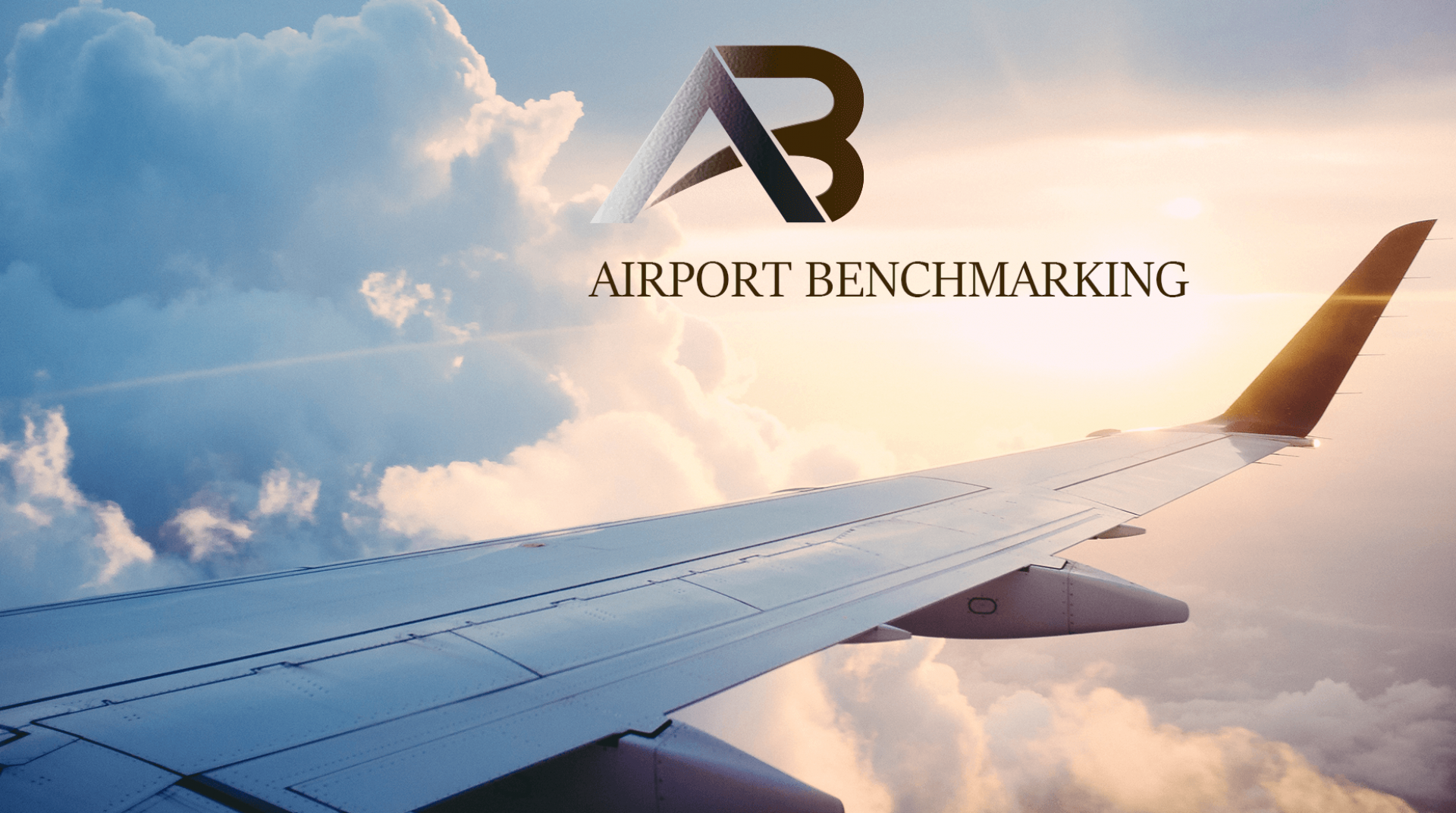
Is it possible that a combination of computer vision and AI could make airports more tolerable?
Above: People waiting in queue at arrival immigration of Singapore’s Changi Airport.
Implementing these technologies won’t build larger airports or reduce the number of passengers, but it could offer a unique solution to airport wait times.
The impact of AI on our lives is going to be profound in coming years, and the same is true of computer vision. When you combine the two technologies, you get a real recipe for improving the airport experience.
A lot of the issues we see with air travel today are a direct result of our inability to compute all the potential combinations and permutations. We have multiple security stops at airports because we believe that every step makes us safer. But it’s not necessarily true that the more checks and balances we add, the more likely we are to catch the bad guys. The problem isn’t the number of steps in a security check — it’s human error.
AI has the ability to process information at a staggering rate and to correlate data that even the most intuitive TSA agent might not see.
The airport experience is going to change dramatically over the next decade. Every step of the journey will be affected — from security to queuing to baggage claim. Here are four ways we will likely see AI and computer vision transform air travel in the future.
1. Predictable flight delays
We spend a large portion of our time in airports waiting on delayed flights. Anything from bad weather to a mechanical issue can hold a plane up for hours. When you use big data and machine learning to approach the problem, you have the ability to replace on-the-spot analysis with highly correlative pattern analysis to better prepare the airport for setbacks. This would allow airlines to route delayed passengers dynamically before they even made it to the airport.
Maintaining and analyzing maintenance logs with supervised learning could also protect airlines from sudden failures. This technology could flag planes that are in need of maintenance and dynamically reallocate aircraft accordingly.
2. Automated security checks
Human TSA agents will never be better at performing security checks than a supervised learning algorithm would be. If machines can look at your passport photo and take a picture of you, they can access your social graph (linked to your ID of course), which could remove many unnecessary human checks. Some of this would not even require a complex AI solution.
3. Fewer unnecessary bag searches
Have you ever had to wait in the security queue behind that person with two handbags full of every possible 50ml liquid you can think of? Even worse, each false alarm increases the likelihood a security agent will overlook actual threats later on.
Computers can photograph, analyze, and identify items in a bag much faster than a human can, without even opening the bag. This is a classic use-case for a supervised learning algorithm. After collecting substantial training data, AI could identify which objects need to be checked in more detail.
If we then added a clustering algorithm that could flag any passengers who fell into “orange” or “red” zones, those passengers could be autonomously routed for a more detailed search. The technology could even assess an individual’s social media activity and use mass attribution to identify potential threats. Some of the things this technology would consider might include:
- Did the individual make a lot of phone calls to countries on a watch list?
- Do they take an extreme position on religion?
- Who have they been photographed with?
- Do they have no social footprint in comparison to the average person?
People who are likely to do bad things are a statistical anomaly. This means they’re easy to spot using statistical evaluation.
4. Streamlined screening processes
We’ve already created advanced camera technology that can see your heat signature from a distance. So what’s the point of having you queue up, take off your shoes, and walk through an old metal detector?
Background thermal imaging cameras can analyze passengers walking or running through the airport. When you couple this technology with facial recognition and the data we have from points one and two, we could easily flag individuals carrying banned items before they even reach the coffee shop.
Friendlier skies
Whether you are focusing on deterrence or apprehension, the simplest solution is to remove human error from the equation. As we implement available technologies and benefit from new advancements, we will likely build a more pleasant future for airport patrons.
Sachin Dev Duggal is the CEO, Engineer.ai an autonomous software development and cloud ops company.

